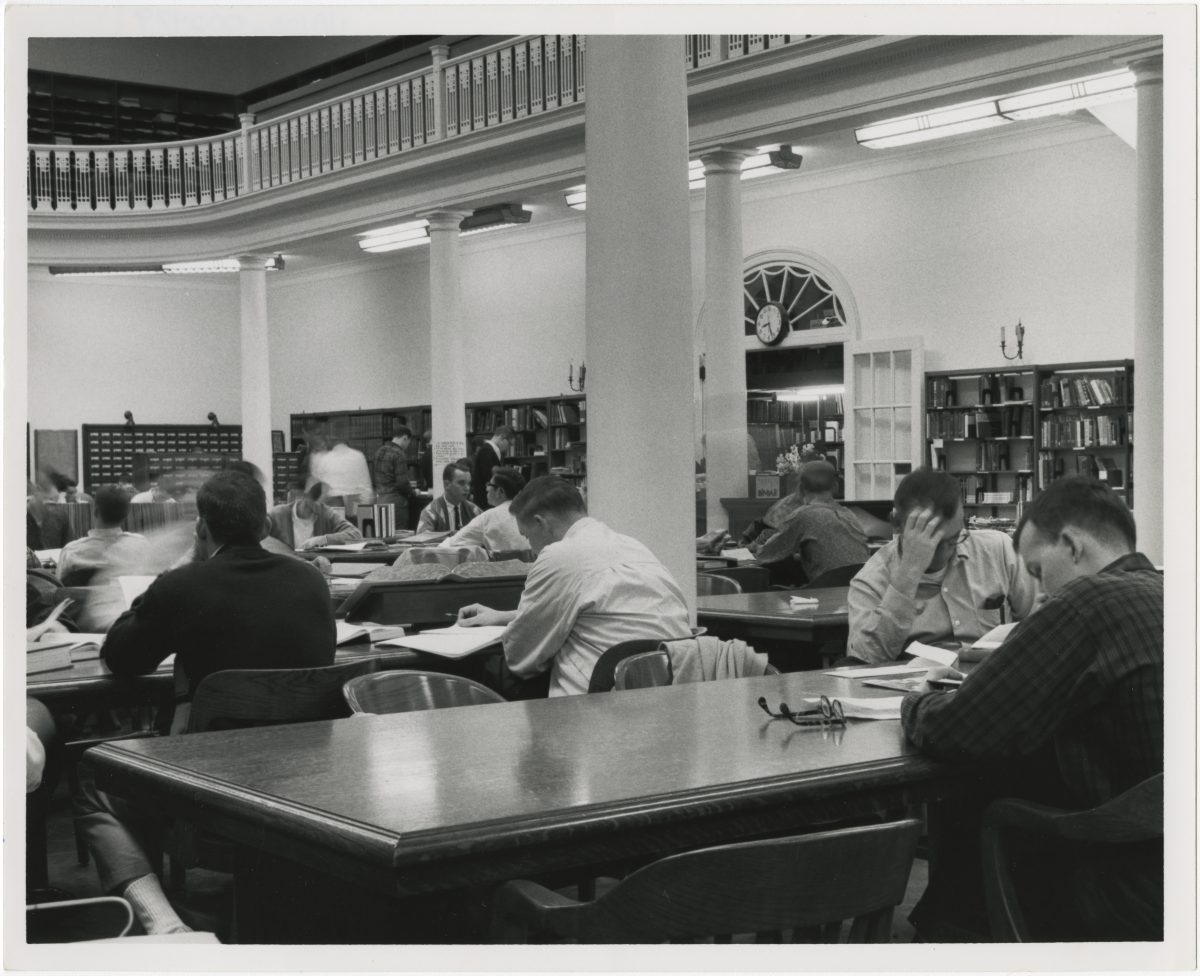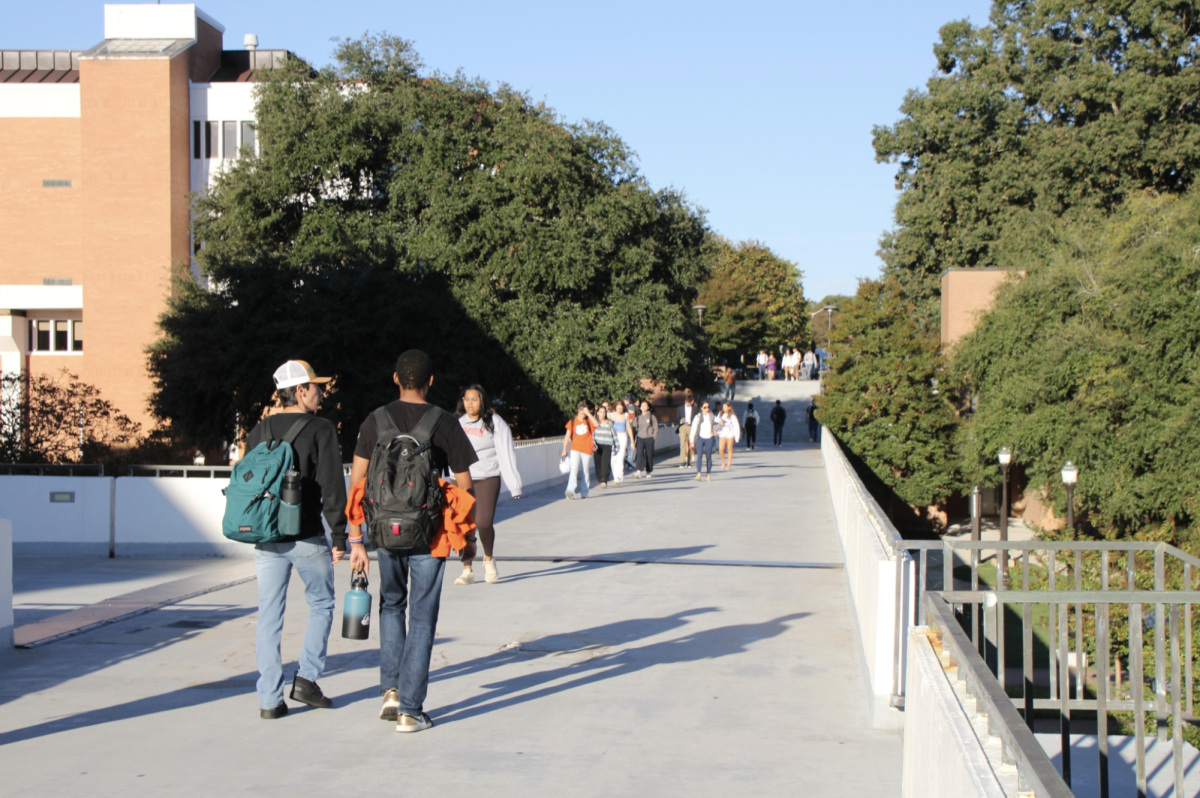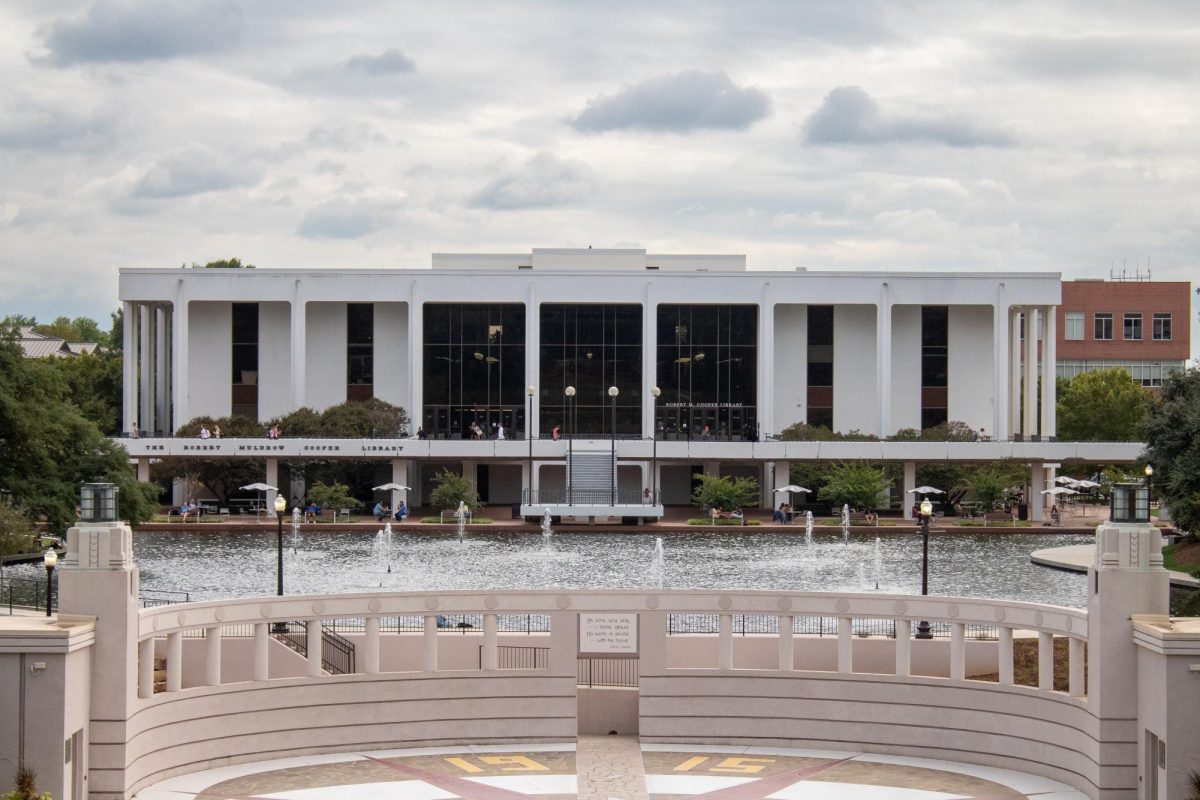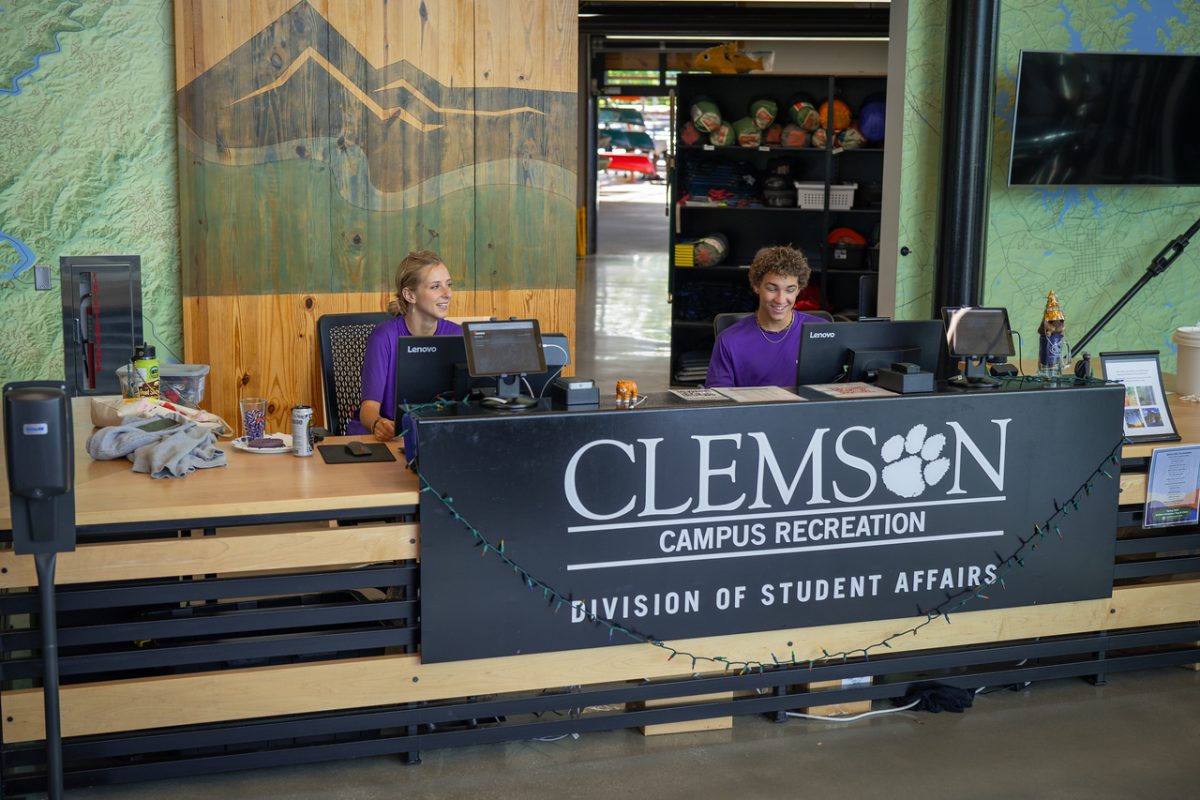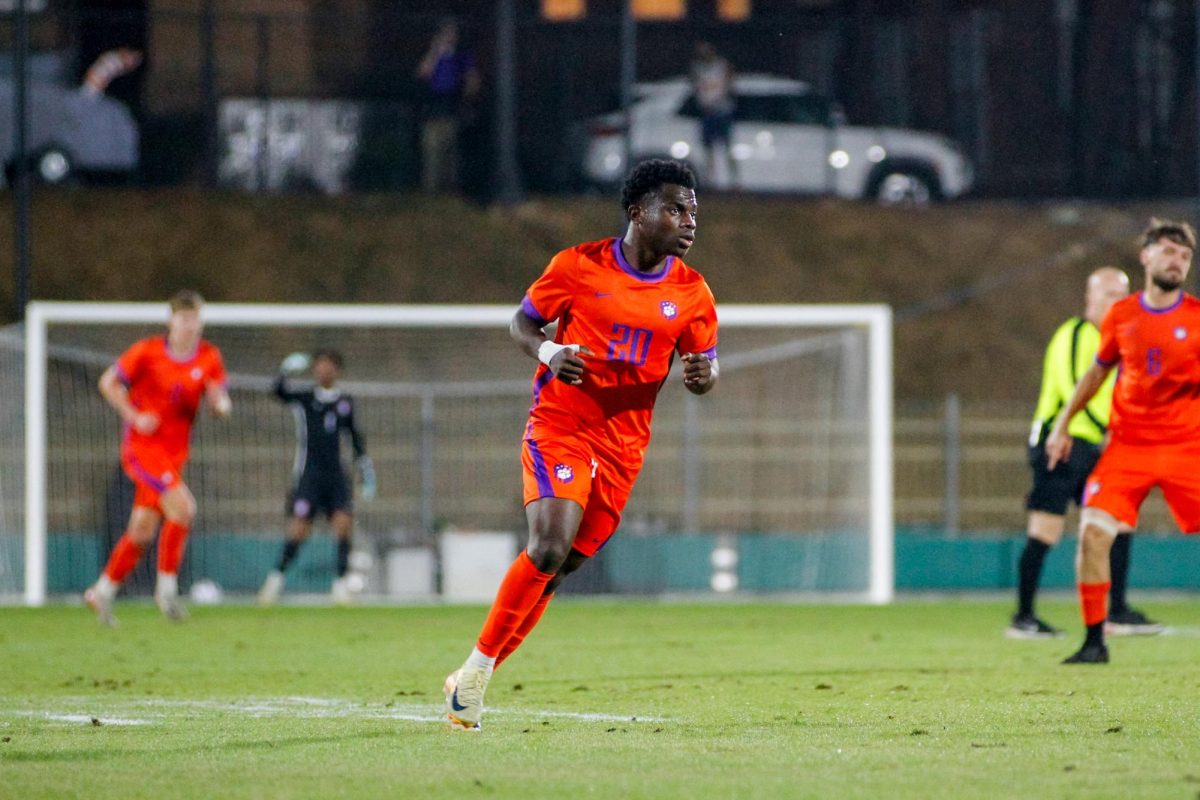Have you ever been inside Sikes Hall? Seriously, have you ever had any reason to go inside of Sikes? Not on the porch to take pictures or wait for the bus, but actually inside the building, past the security guard?
If you answered yes, I’d guess it was only once or twice to get some scholarship or billing problem sorted out. The only reason I’ve ever been in there is because I got curious one day and poked my head into the lobby.
This seems a little off to me. Sikes Hall is an iconic Clemson building, second only to Tillman Hall and possibly Cooper Library. It’s Clemson University’s No. 1 photo destination for a reason. I walk past it daily, yet I never have any reason to go in.
This makes sense, given its use for administration and finances. With the extensiveness of iRoar, online billing and email, an in-person trip to Sikes usually means something went really wrong.
This hasn’t always been the case. Many older alumni talk about waiting in long lines to register for classes, regularly stopping by to pay their bills or working out financial aid; a spot near the center of campus was quite convenient then.
But now it just sits there. An iconic building at an increasingly busy and iconic intersection, welcoming students to the heart of campus, a building they will rarely, if ever, use.
Many other colleges use their iconic buildings for departments involving students. The University of South Carolina houses its honors college in the historic Horseshoe. The University of Tennessee’s Ayres Hall houses its math department. Massachusetts Institute of Technology’s Building 10 houses a section of the architecture school. In fact, Tillman Hall houses pretty much the entire College of Education.
So, my proposal for Sikes Hall is to turn it back into a library.
The University already identified a need for more library and study space in the 2017 Framework Plan, and almost half of that need could be filled by Sikes. It would be in a prime location, next to several of the largest classroom buildings and closer to most dorms than Cooper Library. Plus, it faces the main crossing of Old Greenville Highway, with the main campus bus stops, an increasingly busy, essential and iconic spot.
This wouldn’t be the first time Sikes has served in this role. When the agriculture department moved out after a fire in 1925, the building was rebuilt as the campus’s first stand-alone library, a role which it carried out until the completion of Cooper in 1966.
The rarely needed administrative and financial offices could be moved to more outlying buildings; perhaps the soon-to-be vacant Alumni and Visitors Center could be redeveloped into a new, larger administrative building to better fit the needs of the many vice presidents.
The University of Georgia, the University of North Carolina, and the University of Virginia all have two major libraries, one smaller and one larger.
Instead of tearing up central campus for a decade to rebuild and expand Cooper, why not give Sikes Hall back to the students?
Corey Glenn is a senior civil engineering major from Aiken, South Carolina. You can reach him at [email protected].



